The dark history of how ‘Selipar Jepun’ got its name
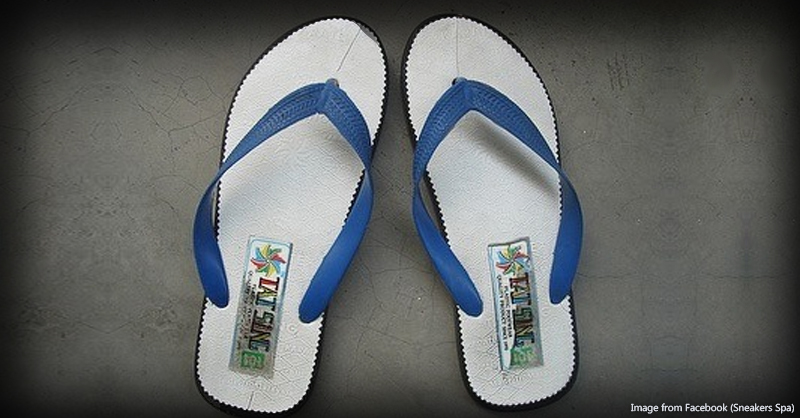
- 295Shares
- Facebook267
- Twitter7
- LinkedIn4
- Email7
- WhatsApp10
Sometimes found in a jamban basah, more commonly found in a mom’s hand as she threatens to whack the living daylights out of her stubborn kid– the selipar Jepun is known for its many uses and is, undoubtedly, a familiar sight to most Malaysians.
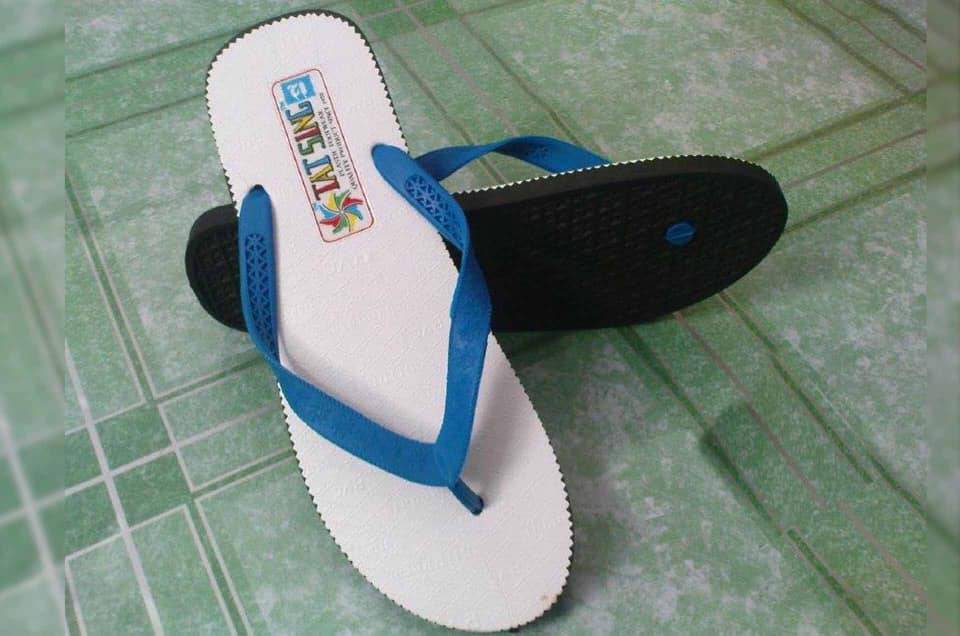
There are plenty of reasons why these slippers are every Malaysian’s favourite. For one, they’re super cheap. They’re also perfect for our panas weather and slide on effortlessly, especially when we’re in a rush for our weekly pasar visits. Honestly at this point, we might as well call them our national footwear.
But for something that’s so inherently Malaysian, it sure doesn’t seem so from the name. In fact, Australians call these bad bois thongs. Americans call it flip flops. So how on earth did we end up with the name selipar Jepun? As it so happens, there aren’t a lot of verified sources out there so the best we can do is offer you guys our most probable theories.
Theory 1: It’s called selipar Jepun cos the selipar came from Jepun, duh
That’s not to say Japan is the birthplace of all slippers, though. In fact, the first slipper is said to have originated from Ancient Egypt, dating as far back as 4000 years. It was typically made of grass and leaves and weaved together into a weird curly-toed sandal-y shape.
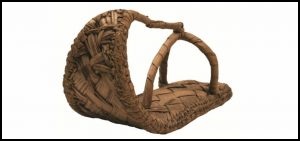
The modern day sandal, however, did come from Japan, and was inspired by something called the Zori. Zoris were invented some thousand years ago and were made with rice straw.
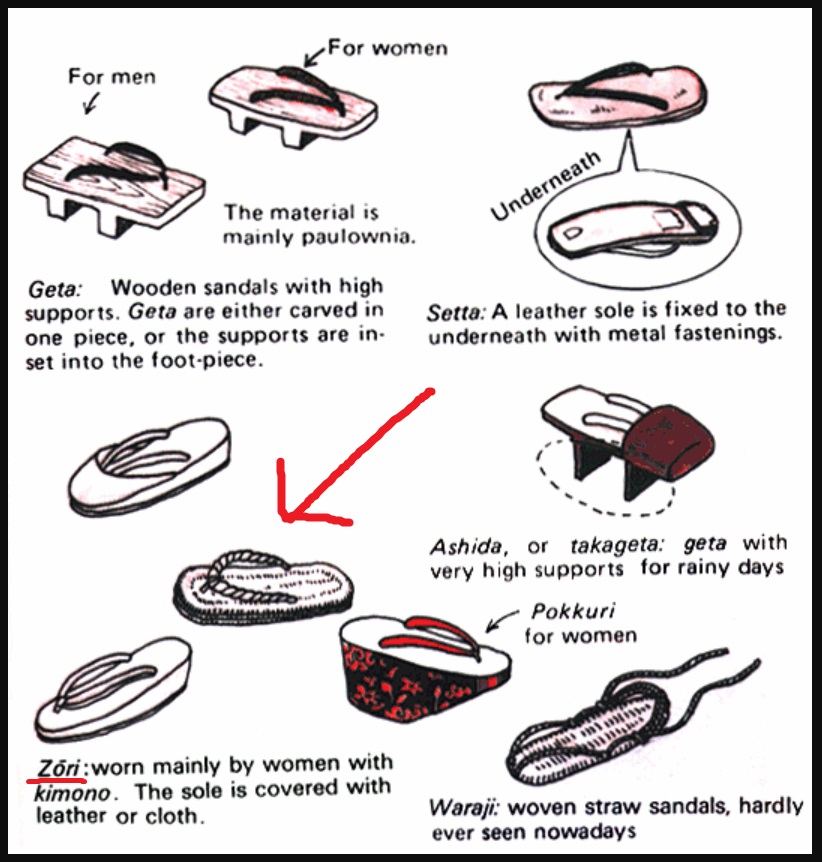
As the story goes, when Westerners first visited Japan back in the Meiji era (1867-1912), they would stomp across the pristine floors of local houses and hotels with their dirty shoes. And this was a problem since Japanese people typically sleep on tatamis i.e. mats on the floor. So to overcome this issue of hygiene, Japan started encouraging the use of Zoris— a footwear already widely used by locals– among foreigners, especially when indoors.
And while Zoris did gain popularity with the outside world, it wasn’t until Japan started mass producing rubber slippers that things really took off. But it’s how they got that rubber that’s the interesting part here. You see, back in the 1940s when Japan had practically invaded all of SEA, they were leveraging on the region’s rich natural resources to fund their military missions. And one of those resources was rubber.
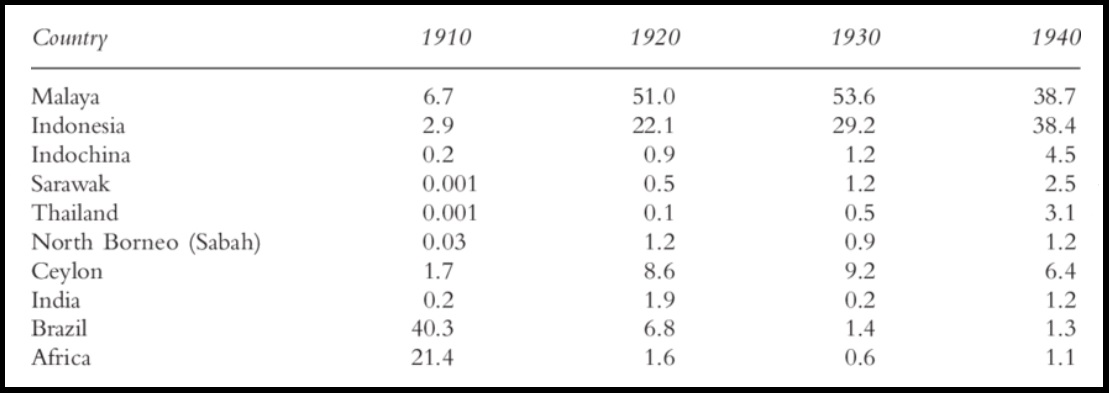
Fast forward to the end of the war: Japan was in shambles, what with the bombing of their cities. And all they had left was this rubber they had stockpiled. So in an effort to recover their economy, they invented rubber Zoris— selipar Jepuns, basically– and marketed them to the rest of the world. Needless to say, it was a total success.
Theory 2: It was the go-to footwear during the Japanese occupation
This story veers slightly from the first one and picks up during the time the Japanese were occupying Malaya. We’ve all studied Sejarah and heard the horror stories from our dads and grandpas, but just to reiterate, things were really really bad back then.

To cut a long story short, Japan basically ran our coffers dry and Malaya ended up broke. Japan’s solution for this was to simply print more money. But doing so caused inflation, or should we say hyperinflation, since these guys went wild with the printing machines.
As a result, prices were crazy high and the rakyat couldn’t afford anything, not even shoes. So they supposedly DIY-ed their own slippers with some rubber tyre scraps and rope.

So in short, the name selipar Jepun had nothing to do with Japanese-made slippers, rather they were the type of slippers Malaysians wore during the Japanese occupation.
Theory 3: It’s a haunting symbol of Japan’s brutal treatment of Malayans
The last of our theories comes from a very sad and dark place. On top of the economic hardships we faced during the Japanese occupation, our ancestors were also brutally tortured and massacred. Now if you think you had it bad when your mom chased you down with the selipar Jepun, well, we’ve got some news for you: Malaysians back then had it a lot worse.
Honestly, it’s all very gory and we won’t be describing it in detail, but let’s just say the slipper played a role in some truly horrific acts. It was used by the Japanese to beat up prisoners, commit SA on women, and there are even rumours of prisoners being forced to bite down on the slipper till their teeth broke.
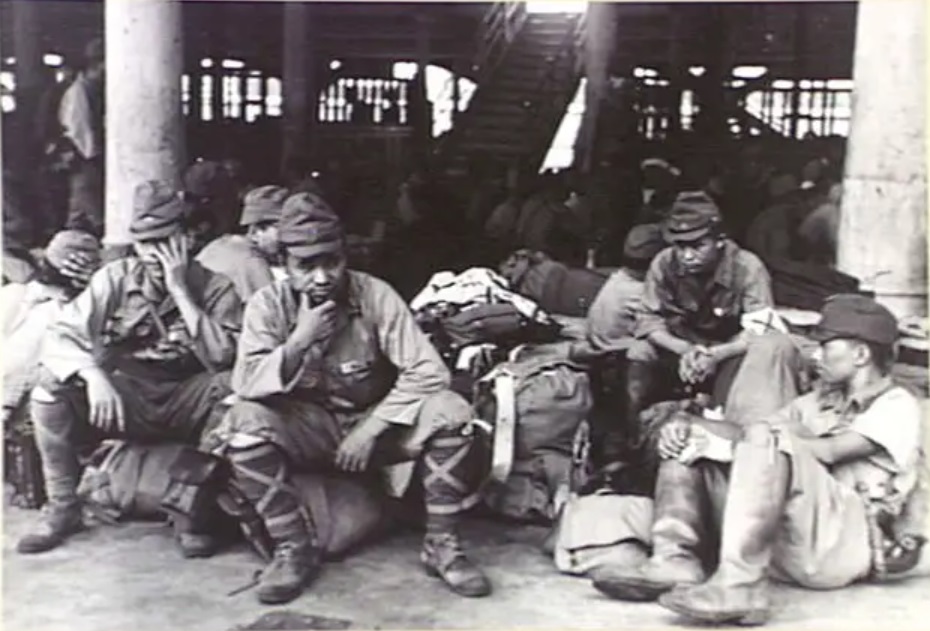
We aren’t entirely sure if the name selipar Jepun stuck around by chance or if it was a deliberate choice to remember the horrors our ancestors faced. But one thing’s for sure– these days, the term doesn’t carry as much weight. In fact, for a pair of slippers so light, you might as well be walking on sunshine the Sun that rises from the east.
- 295Shares
- Facebook267
- Twitter7
- LinkedIn4
- Email7
- WhatsApp10



